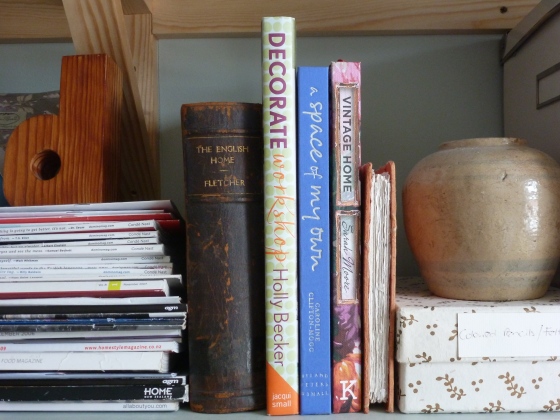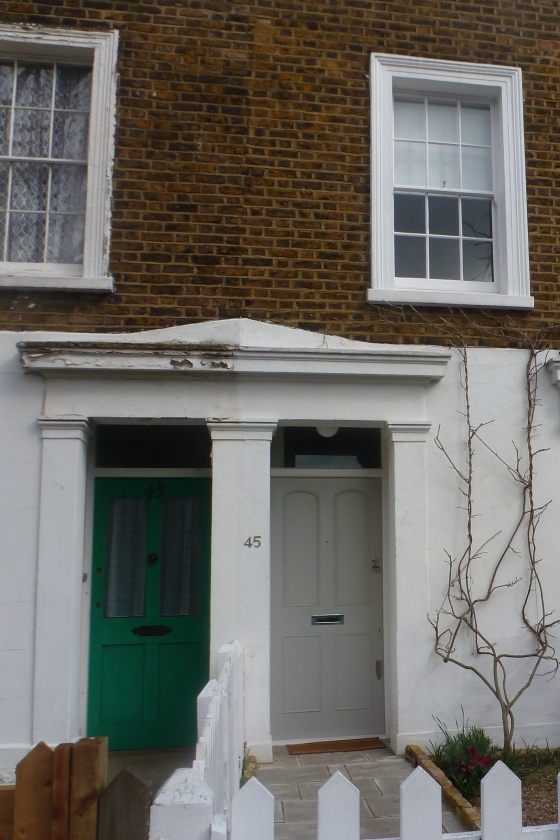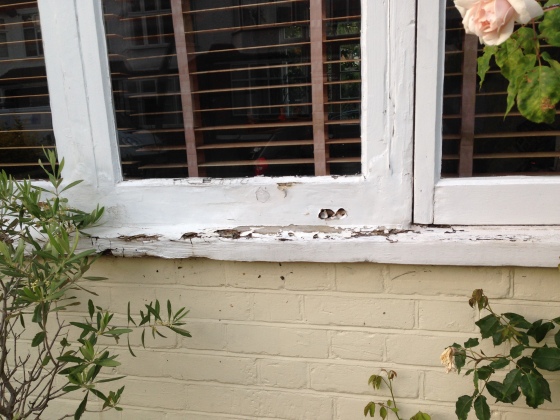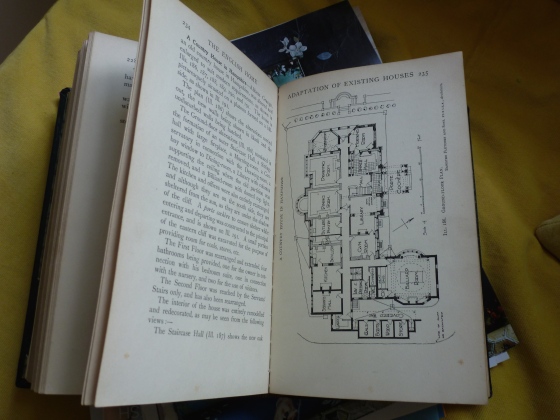I have this totally brilliant book in my library (I use the term as a collective noun for my books, rather than an actual room of books) called ‘The English Home.’ It was written by Banister Flight Fletcher and Herbert Phillips Fletcher (fabulous names) architects, barristers and brothers, in 1910. And it contains floor plans, sections and in depth discussions about the way the English House has been built since the 11th century and Saxon times. We think of our approach to updating our homes as being thoroughly modern and ‘of our times’, but these men were advocating the same planning and checklists for work done one hundred years ago. So how is it that we’ve lost the common sense approach when considering the health of the building as having equal importance to the aesthetics?
Is it that the DIY revolution has introduced a level of enthusiastic but uninformed renovators who have made ‘mistakes’ because they don’t know enough? Or is it that the contractors themselves don’t feel they can offer alternatives? Or is it that as products have advanced and changed they’ve been applied incorrectly? Or is it that clients are so determined to have ‘what they want’ that no amount of caution will dissuade them? Can you see where I’m going with this?
Buildings with problems don’t develop them overnight. There is always a sequence of events leading to the damp, smelly, unsightly patches that appear inside a property. And water is the worst offender – it will always find its way. Simply putting a patch over something can be the worst thing you could do! How a house performs in terms of weather proofing is down to the health of the building in general. The condensation that is allowed to build up on the windows and isn’t wiped away regularly, will eventually contribute to the timber frames rotting. A blocked gutter will eventually back up and contribute to the brick work becoming porous. A leaky down pipe and standing water will eventually drive the water into the foundations of the house. A slipped roof tile will eventually cause the roof trusses to rot. All of these things can be avoided. All of these things are simple maintenance. In fact they’re the structural equivalent of taking your bins out – we’re all programmed to do that weekly, so why should we not think to wash the windows every few months and clear the gutters and downpipes on a regular six monthly basis?
You might consider these jobs to be the domain of the ‘house proud’ but any refurbishments you undertake will be easier if the building has been maintained regularly, because having to put things right first is like trying to find the end of a ball of wool that a cat has gotten to. And that will eat into any budget you might have put aside. When you think of the relative costs of getting your windows cleaned and gutters cleared versus the cost of repairs, its a no-brainer!
I have some experience in this area. The people who owned the house before me had tenants living on site for five years and in that time, the guttering had slipped out of the clip over the front window and never been repaired. I have to replace my front windows because of this! The two fixed windows and the sill are completely rotten and as with my shed roof, the lack of maintenance has led to a costly bill. There’s nothing more to be said, if the gutter clip had been repaired, I wouldn’t be replacing my windows.
Maintaining the exterior decoration is also important – though more costly. Why? Because when we have winters – or summers – of extreme temperature, the fabric of the house takes the full force of the elements. Both of my next door neighbours and I have had leaks come in from the driving rain we had last winter because the paintwork on the window sills was a few summers old. Admittedly the rain came from an unusual quarter but it was in such a volume that we all now have patches on our interior walls where water was driven in behind the pebble dashing and the brickwork became porous. Although we couldn’t have known that this was going to happen, we all of us had looked at the paintwork and said ‘its time to redo the window frames.’ As I said, water will find its way.
Back to Messers Fletcher and ‘The English Home’ who confirm that “the adaptation and alteration of existing houses, in order to bring them into line with modern requirements or to suit the special idiosyncrasies of the purchaser, is perhaps the most interesting of all work that comes to the hand of an architect.” They also talk repeatedly about ventilating a house, that the fabric of the building will be healthier – and so will the humans who inhabit it – if a building is allowed to breathe. This is very true when it comes to repairing any areas of damp in the house. Let it dry out completely – this is essential – before replacing wallpaper or plaster that has been affected by water damage. This could take as long as six months and always investigate the outside of the building to see if moisture can continue to be trapped in that area.






Reblogged this on Mystic Mastery Blog.
LikeLike